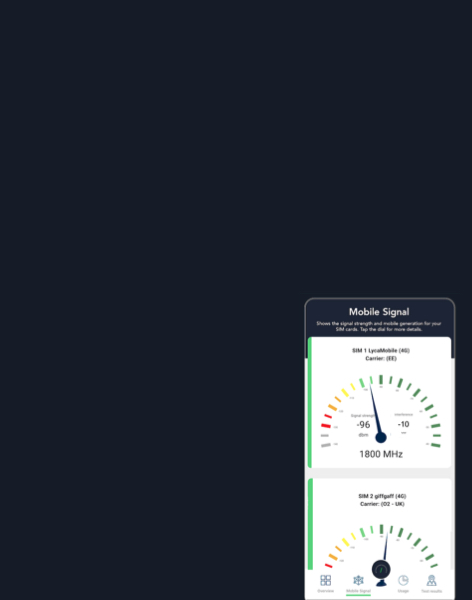Weekly Wrap: Is a fight brewing in the US over unlicensed spectrum?
Spectrum usually isn't a particularly partisan issue in the US but the Trump Administration's One Big Beautiful Bill Act (OBBBA) could be setting up a clash over access to unlicensed spectrum for Wi-Fi.
It’s hard for me to watch what’s happening in the land of my birth. One thing that helps keep me sane is that I tend to report on issues that, while they sometimes stir heated debate, are generally nonpartisan. I’m talking about spectrum policy and regulation, of course.
In the deeply polarised landscape of the US, however, even the use of spectrum isn’t immune to politicisation.
Take the One Big Beautiful Bill Act, which squeaked through both Houses of Congress on a mostly partisan vote and was signed into law by President Donald Trump on 4 July. Spectrum was just a small part of the nearly 1000-page tax and spending legislation, but public interest groups are already up in arms about a possible “spectrum land grab” of 6 GHz and Citizens Band Radio Service (CBRS) spectrum (3.5 GHz) that could end up being auctioned for licensed use.
The act reinstates Federal Communications Commission (FCC) spectrum auction authority until September 2034. It puts 800 MHz of spectrum into the pipeline in the “covered band” of 1.3-10.5 GHz, jump-starting US innovation, according to FCC Chair Brendan Carr.
The problem, according to public interest groups like Public Knowledge and the New America Foundation’s Wireless Future Project, is that it’s not clear where all that new spectrum to be auctioned is going to come from.
The 1-10 GHz band of non-federal spectrum is already occupied. The law exempts the 3.1-3.45 and 7.4-8.4 GHz bands from auction and requires the FCC, within two years, to auction not less than 100 MHz in 3.98-4.2 GHz. That 100 MHz is supposed to come from further consolidating fixed satellite use in the C-band, but that band alone won’t satisfy the law’s mandate.
That leaves the CBRS band and the upper half of 6 GHz open to being clawed back for commercial uses.
Enterprise users and cable home Wi-Fi gateways are rolling out very wide-channel Wi-Fi 7 across the whole 1200 MHz of unlicensed spectrum made available up to 7135 MHz during the first Trump Administration.
The House version of the OBBBA and even some key Republican senators tried to protect all of the 6 GHz band for future Wi-Fi, the groups say. Expect a “titanic political battle” if the FCC targets the upper 6 GHz band.
Just another day in America.
Here’s what PolicyTracker covered this week:
- The Electronic Communications Committee celebrated its 35th anniversary last month; the current chair Chris Seifert discussed its future with PolicyTracker.
- The European Commission is eyeing mmWave bands for satellite direct-to-device.
- The Thai regulator approved the result of the country’s $1.28 spectrum auction.
- The PMSE sector in the UK seems pleased, for now, with the regulator’s proposal for short-term licences in the 2.3 GHz band.
- As discussed above, new US legislation raises big questions about what is going to happen to Wi-Fi spectrum.
